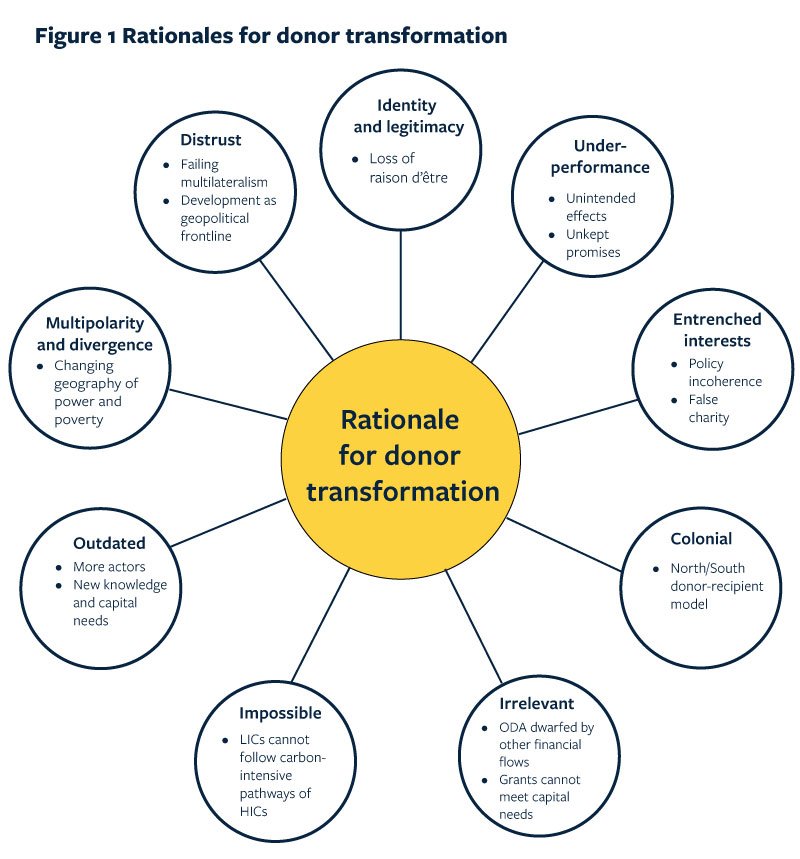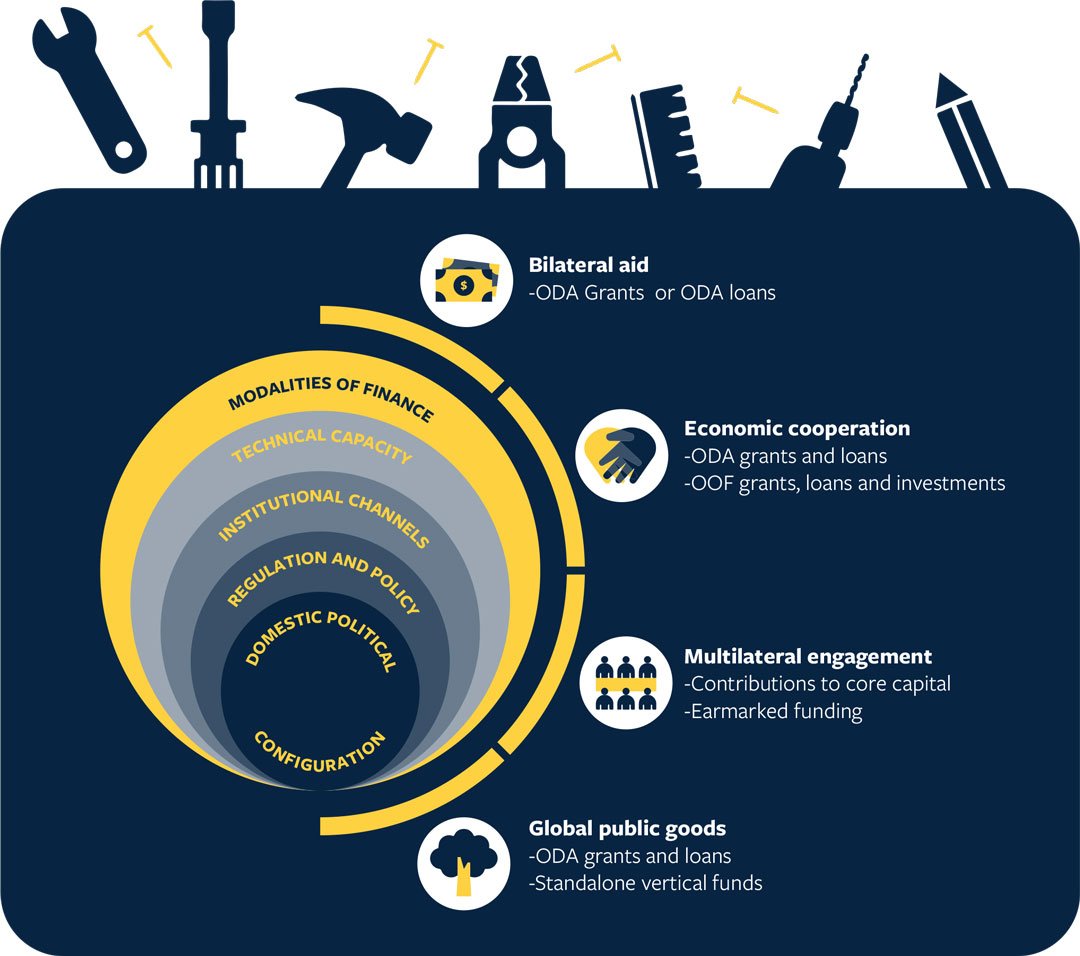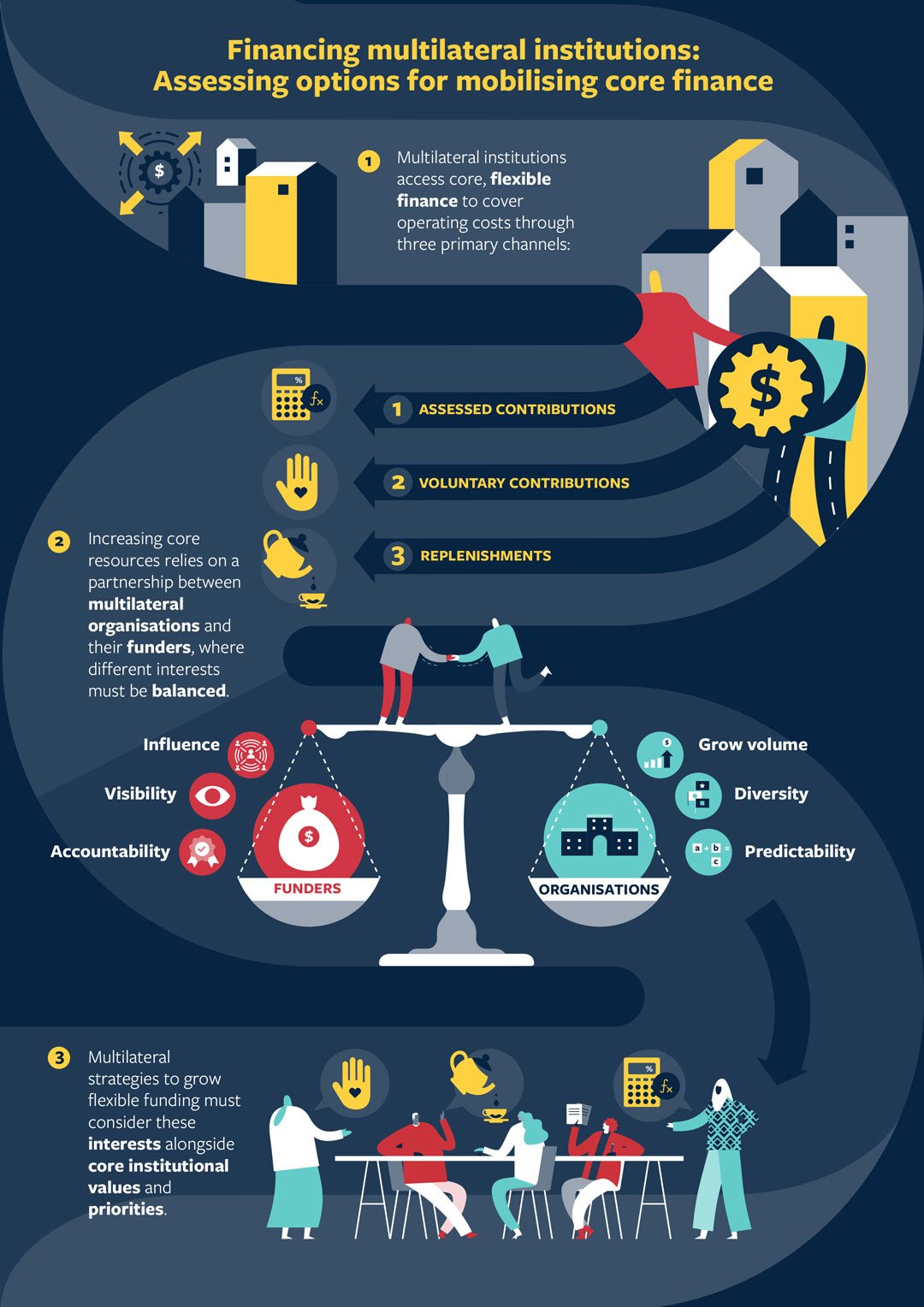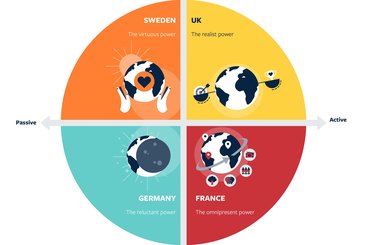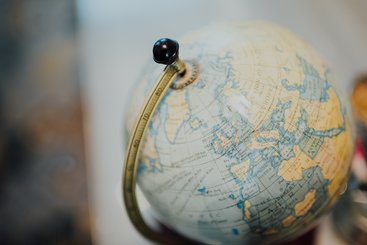Welcome to the first edition of an ODI newsletter for diplomats, data wonks, decolonisers and doers re-thinking and retooling Northern donors for the next generation of development cooperation.
What is a ‘post-aid world’?
Everyone seems to be talking about how the North–South model of aid is obsolete. Yet, it isn’t quite so obvious that aid is 'dead' given in 2021 official development assistance (ODA) by Northern donors stood at over $180 billion. These funds underpin an ecosystem of institutions anchored in the Global North that largely continues to operate business as usual.
This is despite the fact aid is facing an existential crisis (Figure 1). There is a growing squeeze on domestic budgets and a crisis of legitimacy for the governmental entities that defend and deliver concessional resources for global causes. The donor–recipient model of the 1960s is effectively defunct, even if there is no narrative consensus on what should follow from it.
We are getting closer to a tipping point where demands for systemic transformation are becoming too loud to ignore. At this moment of reckoning, ODI is asking what a post-aid world should look like and what role would donors play within it?
Why do we still talk about donors?
Our use of the term ‘donor’ underlines the priority of considering the narratives, structures and financing of Northern institutions delivering concessional aid at this critical juncture.
Development is increasingly an instrument for national influence at the heart of foreign policy processes. ODI research has for some time been tracking this evolution via the growth of Northern donors’ development cooperation toolbox (Figure 2), the shifting motives for aid giving, and concessional finance trends in social sectors like gender.
While some of these trends represent direct challenges to the integrity of Northern development cooperation, a world without concessional finance and its defenders would be a world that, on balance, leaves many worse off. Yet, it is not always obvious how donors should adapt to geopolitical uncertainty and climate anxiety, even as the urgency to work smarter has never been greater.
New research
Donors and their multilateral finance: exploring investment models
One area we’ve been reflecting on is how donors can better provide core funds to a growing number of multilateral entities (240 and counting) chasing the same pool of (shrinking) unrestricted concessional finance.
Our new report analyses three financing models used to cover the core costs of multilateralism: replenishments, voluntary core and assessed contributions. We find that each model satisfies the interests of bilateral donors and multilateral organisations in different ways.
Our bottom line is that if we want the multilateral system to adequately address an ever-expanding list of global challenges, we need to balance institutional needs for flexible and stable finance against donor imperatives of visibility, influence and accountability.
Commentary
A year of international development strategies
At first blush, the UK International Development White Paper released in November could be read as suggestive of a more traditional role for a donor as a provider of overseas aid. Certainly, the strategy clearly affirms poverty reduction as the primary purpose of British ODA. However, as this ODI analysis suggests, the White Paper is setting the stage for a much wider and more ambitious agenda in development, albeit one that faces some serious hurdles in actually being implemented.
White Papers with no additional funding seem to be having a moment among donors (Australia also produced a new strategy in September with no new funding). For those curious about when the UK budget could return to its 0.7% ODA/GNI target, this analysis indicates when it might be possible (spoiler: it is sooner than Chancellor of the Exchequer Jeremy Hunt seems to think).
Localising development finance
We often hear about the localisation agenda in terms of aid agencies and conventional ODA. But does it have wider applicability?
In this piece, ODI reflects on what localisation might mean for development finance institutions (DFIs), concluding that it must involve more engagement with the 500 public development banks that manage over $23 trillion in global assets. Localising capital is the right thing to do from a development standpoint, and may also have greater economic impact than efforts involving the transfer of ODA.
Events
Localising aid: why aren't we there yet? | 28 February

Localisation promises more equitable and accountable ways of working from providers of development finance. But despite the buzz, localisation is proving challenging to implement for even its most ardent supporters. What will it take from donor institutions for localisation to become a reality? What is holding them back and can barriers be overcome? This second instalment in ODI's "Donors in a post-aid world" webinar series will explore recent research on donor bottlenecks to localisation and interrogate prospects for their removal or mitigation. Sign up to join us on 28 February.
In case you missed it
The unintended effects of foreign aid: Should donors avoid, accept or act on them?
In this seminar, Dirk Jan Koch presented his new book, Foreign Aid and Its Unintended Consequences, as part of a panel including Kristina Bayingana (Head of Internal Evaluation, Belgian Development Agency [ENABEL]) and Geci Karuri-Sebina (Associate Professor, Wits School of Governance, University of the Witwatersrand). Moderated by Nilima Gulrajani, the seminar explored the range of unintended effects in aid, how to mitigate them and what this means for reforming the aid system to ensure it is prepared to expect the unexpected.
Looking back, looking forward: Global South perspectives on the BRI
ODI convened experts from Europe and Belt and Road Initiative (BRI) partner countries to reflect on the past 10 years of the BRI – its evolution, impacts, challenges, controversies and future. Panellists discussed the development risks and opportunities the BRI has provided in the Global South, how the global development landscape has changed in response to the BRI, and how it will intersect with new platforms such as the Global Development Initiative.
On our radar in 2024
- New DAC narrative emerging: The DAC High Level Meeting committed to a renewed narrative to ensure that the DAC can ‘adapt and modernise [its] ambitions and instruments'. Localisation seems to be part of this effort to retool, with a peer learning exercise on DAC policies, approaches and practices to support locally led development set to be released later this year. How far will such efforts placate DAC critics and set up its members for success?
- Summit of the Future: The UN Secretary General’s September summit aims to renew global cooperation. But does it have sufficient political capital to rethink the full entirety of multilateral global governance, including the role the UN itself should play?
- Reconciling climate and development: The DAC Declaration on Climate Change seeks to align official development assistance with the Paris climate goals. A stocktake this year will show how Northern donors are faring. Are they meeting rising demands for energy in the South while still delivering development sustainably?
- Innovations in multilateral concessional finance: The IDA Replenishment kicks off in earnest in 2024 and is widely seen as a litmus test of donor commitment to development. Are efforts to reimagine IDA – and indeed the entire enterprise of multilateral concessional finance, its sources and how it is raised – on the horizon?
For a more general discussion on what 2024 might have in store for international cooperation, this two-part ODI podcast is worth a listen.
What we’ve been reading
- ODA measurement: Efforts to grow the volume of ODA have led to an expansion of what can count as ODA. To bring back some integrity to measurement, this report from Norway recommends separating public spending on poverty from responses to global challenges like climate, echoing an earlier AFD think piece. And yet ODA reporting is getting even more blurry, judging by new ODA rules for private sector instruments.
- Ending the aid system as we know it: A provocative paper suggests that what we need is not to reimagine the aid system, but to erase it and start from scratch. This can happen if countries meet their own development needs rather than relying on outsiders, potentially paving the way for a convenient exit strategy for Northern donors.
- Shifting power by measuring localisation? On the heels of the Shift the Power Summit in Colombia comes this report that USAID will track its commitment to have 50% of programmes locally led by 2030. Meanwhile, Oxfam America suggests USAID is not yet meeting its other signature target of directing 25% of funding to local actors, calling into question whether local leadership is even possible if it is not accompanied by funding.
Meet the team
Yunnan Chen
Yunnan is a Research Fellow in ODI’s Development and Public Finance team. She is a prominent commentator on China’s BRI, its engagement in Africa, and on debt and international finance

What does a post-aid world mean for you?
“Aid norms were constructed at a time where DAC donors were the only major providers of development finance. China’s rise as a major creditor to the Global South has occurred outside traditional OECD norms. A post-aid world is one that puts greater pressure on traditional donors to leverage their aid for national influence, as well as on OECD rules to accommodate and compete with China.”
Give us one takeaway from your research that could improve Northern donor effectiveness?
“Our new report shows how the rise of China’s powerful export credit agencies is triggering reforms to the “arrangement” that governs Northern donors use of export credits to better compete with China and other Southern offers. This is narrowing the space between donors' trade and aid finance. Improving Northern donor effectiveness will require greater coordination and communication across donor export credit agencies and DFIs to ensure resources are well-allocated.”
